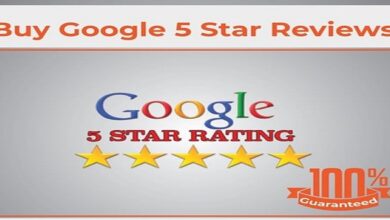Social Media and Customer Engagement

The Social Feedback Cycle
For a lot of organizations including businesses, nonprofits, and governmental agencies use of social media very often begins in Marketing, public communications, or a similar office or department with a direct connection to customers and stakeholders. This makes sense given that a typical driver for getting involved with social media is a slew of negative comments, a need for virality, or a boost to overall awareness in the marketplace and especially in the minds and hearts of those customers increasingly out of reach of interruptive (aka traditional) media. In a word, many organizations are looking for engagement and they see social media as the way to get it.
Open Access to Information
The Social Feedback Cycle is important to understand because it forms the basis of social business. What the social feedback loop really represents is the way in which Internet-based publishing and social technology has connected people around business or business-like activities. This new social connectivity applies between a business and its customers (B2C), between other businesses (B2B), between customers themselves, as is the case in support communities and similar social applications, and just as well between employees.
Social Business: The Logical Extension
Social business follows right on the heels of the wave of interest and activity around social media and its direct application to marketing: Social business is the logical extension of T the Social Feedback Cycle social technology throughout and across the business. Social business takes social concepts sharing, rating, reviewing, connecting, and collaborating with all parts of the business.
From Customer Service to product design to the promotions team, social behaviors and the development of internal knowledge communities that connect people and their ideas can give rise to smoother and more efficient business processes. Social business viewed in this way becomes more about change management than marketing. That’s a big thought.
Social Business Is Holistic
When you combine identity, ease of publishing, and the penchant to publish and to use shared information in purchase-related decision-making processes, the larger role of the Social Feedback Cycle and the practice of social business emerges: Larger than the loop that connects sales with marketing—one of the areas considered as part of traditional Customer Relationship Management (CRM)—the Social Feedback Cycle literally wraps the entire business
The Connected Customer
The upshot is that the customer is now in a primary role as an innovator, as a source of forward-pointing information around taste and preference, and as such is potentially the basis for competitive advantage. I say potentially because customers having opinions or ideas and actually getting useful information from them and then using it are two different things. Here again, social business and the related technologies step in: Where social media marketing very often stops at the listening stage, perhaps also responding to directly raised issues in the process, social business takes two added steps.
Discover the essence of crafting captivating magazine content, delving into the art of storytelling and visual aesthetics. Uncover the secrets to engaging readers through compelling narratives and striking imagery, elevating the impact of each page turn. Master the intricacies of magazine creation to resonate with diverse audiences and leave a lasting impression.





